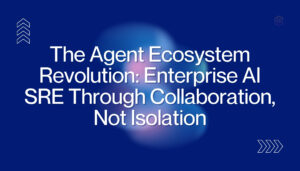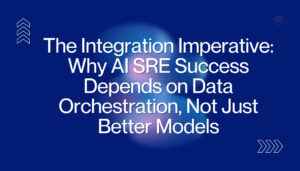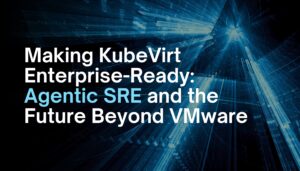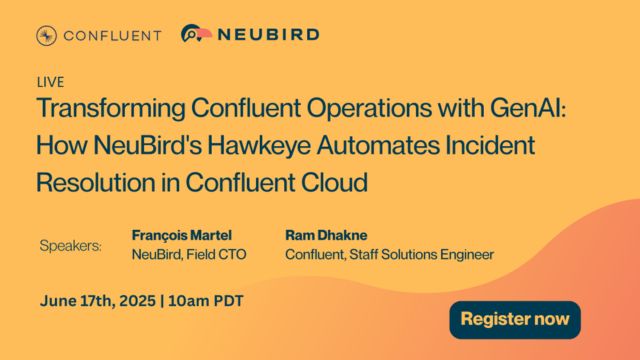Agentic Workflows Aren’t Just About Chaining LLMs—They’re a Game of Tradeoffs
There’s a quiet truth that anyone building serious agentic systems eventually discovers: this isn’t just about chaining together powerful LLMs.
It’s about making hard choices between competing priorities that most organizations aren’t prepared to navigate.
Let me explain.
The Three-Axis Problem of Agentic Design
When we build AI agents that can reason, iterate, and troubleshoot IT systems, we’re really trying to solve a three-axis optimization puzzle:
Speed: You need answers quickly, especially during incidents when every minute costs money.
Quality: The answer must be accurate and actionable—not just plausible.
Cost: Each LLM call consumes expensive computational resources. It hits a GPU, and GPUs aren’t cheap or infinite.
Here’s where the challenge lies:
- If you increase reasoning depth to improve quality, the agent slows down and burns more compute.
- If you rush the workflow to save time and money, quality suffers.
- If you chase quality at any cost, you blow past SLAs and budget constraints.
This isn’t theoretical—I’ve witnessed this tension play out across every enterprise AI implementation I’ve been involved with, not just for SREs, but across the entire spectrum of enterprise AI.
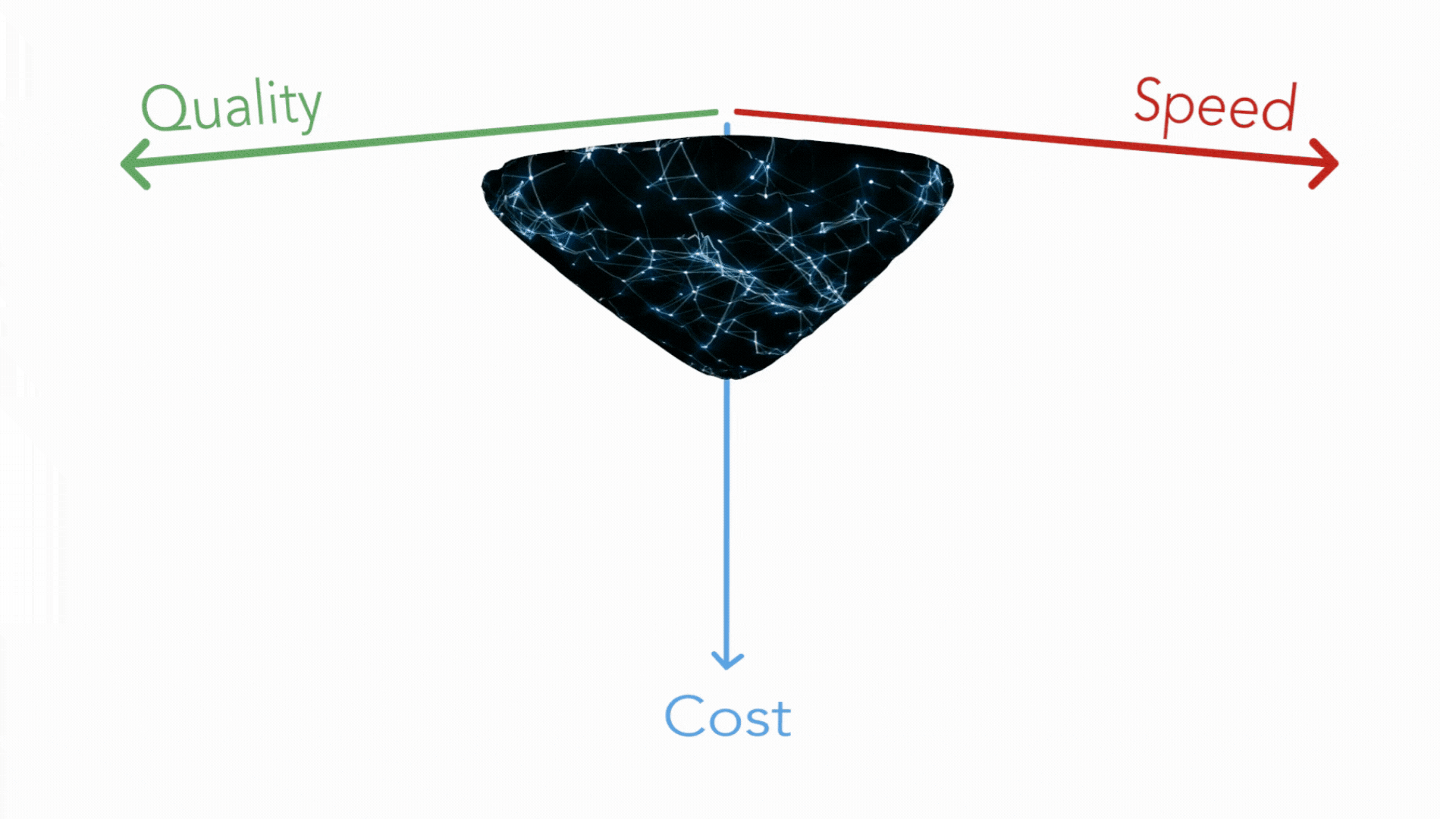
Domain-Specific Chain-of-Thought is the New Runbook
The best way we’ve found to optimize across these axes is through domain-specific chain-of-thought.
This is dynamic, context-aware reasoning that guides the agent’s search:
- They help the agent decide what questions to ask and what data to examine first
- They eliminate wasteful exploration paths
- They encode years of operational knowledge from human engineers
Domain-specific chain-of-thought makes agentic workflows predictable, efficient, and tunable—three things you won’t get from a raw LLM chain, no matter how sophisticated the model.
The Hidden Cost: Dirty or Redundant Data
Another silent killer in this equation? Enterprise data sprawl.
Most enterprise telemetry is noisy, redundant, or outdated. If an agent doesn’t know how to:
- Filter irrelevant signals
- De-duplicate overlapping metrics
- Access telemetry in a structured, governed way
…it ends up consuming more GPU cycles, taking longer to reason, and returning less useful answers. I’ve seen organizations waste millions on AI solutions that failed because they couldn’t navigate the messy reality of enterprise data.
At Neubird, we’ve built our AI SRE agent on top of an enterprise-grade telemetry platform. Why? Because you simply cannot optimize for speed, cost, and quality unless you start with clean, properly scoped data.
The Future of Enterprise AI is Resource-Aware
LLMs aren’t infinite. Neither is your cloud bill. The next wave of enterprise agents won’t be judged merely on their intelligence, but on how resource-aware they are.
The winners will be agents that can:
- Adapt their reasoning depth based on the situation
- Tune workflows according to urgency or user role
- Make smart decisions about when to go deep vs. when to act fast
- Ignore what doesn’t matter
This isn’t flashy, but it’s what delivers actual value. I’ve learned that the hardest engineering challenges aren’t about theoretical capabilities—they’re about making the right tradeoffs in complex environments.
That’s where we’re heading. That’s what we’re building at Neubird.
Written by

Vinod Jayaraman
